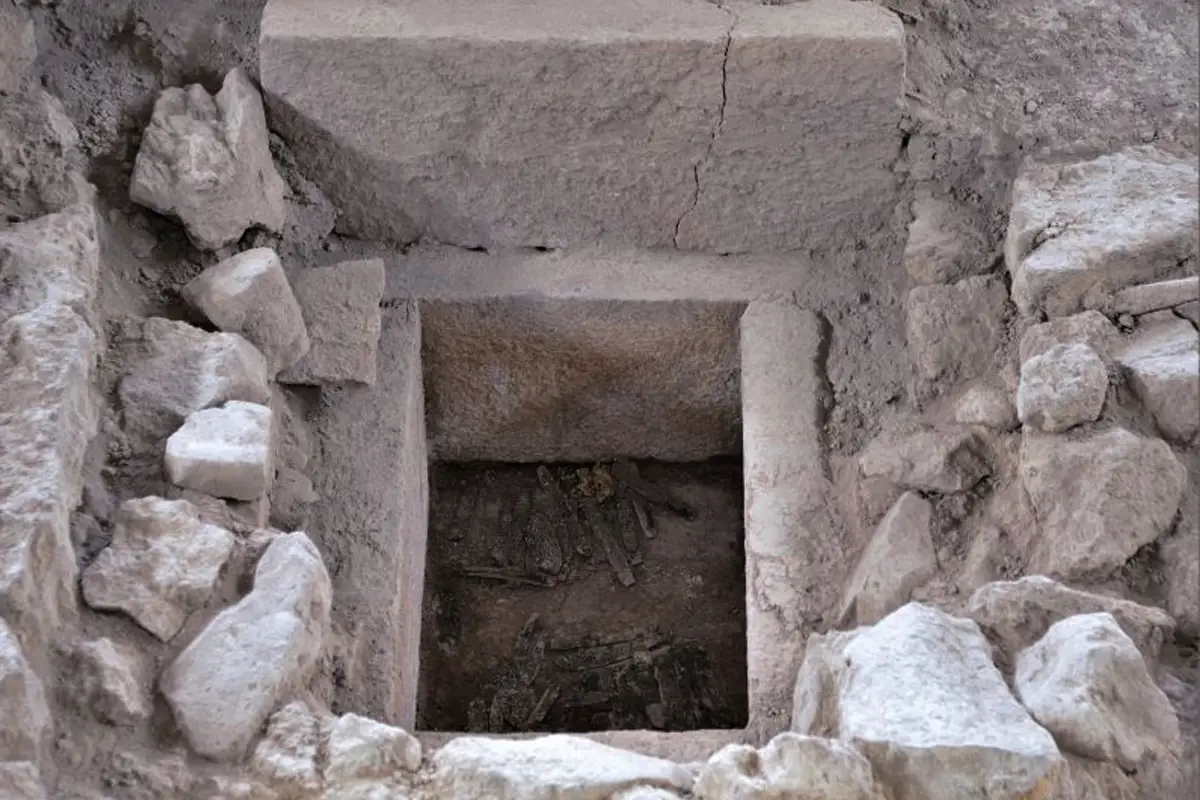Archaeologists from the National Institute of Anthropology and History (INAH) have discovered a stone box containing ceremonial offerings during excavations of Temple “I”, also known as the Great Basement, at the Tlatelolco archaeological zone.
Tlatelolco was a pre-Columbian altepetl or city-state, located in the Valley of Mexico in present-day Mexico city.
The inhabitants, known as the Tlatelolca, were a Mexica Nahuatl-speaking people who settled in the region during the 13th century.
Tlatelolco emerged as the sister city to the Aztec-Mexica city-state of Tenochtitlan, offering refuge to the people of Tenochtitlan during the Spanish siege led by the conquistador Hernán Cortés.

Archaeologists from INAH have uncovered a stone box at Temple “I”, a rectangular complex situated northwest of the Templo Mayor Tlatelolca.
According to the researchers, the box was deposited as a ceremonial offering sometime between AD 1375 and 1418 to consecrate an architectural extension of the temple in dedication to the Black Tezcatlipoca.
The Black Tezcatlipoca was the god of providence, the invisible and darkness, lord of the night, and ruler of the North, and was also associated with obsidian and conflict.
Excavations found a stone altar, likely used as a place of worship of the military elite, where they uncovered a sealed cist containing the stone box.
The box contains 59 pocket knives, 7 obsidian knives, and numerous copal blocks. According to archaeologist Laue Padilla, these items were used for acts of self-sacrifice by Tlatelolca priests and high-ranking officials.
The box might contain additional materials, which will be confirmed as archaeological work progresses. This includes detailed drawings of the various context levels, photogrammetric surveys to create three-dimensional images of the find, and soil sampling to identify associated organic matter.
Header Image Credit : Mauricio Marat
Sources : National Institute of Anthropology and History (INAH)





